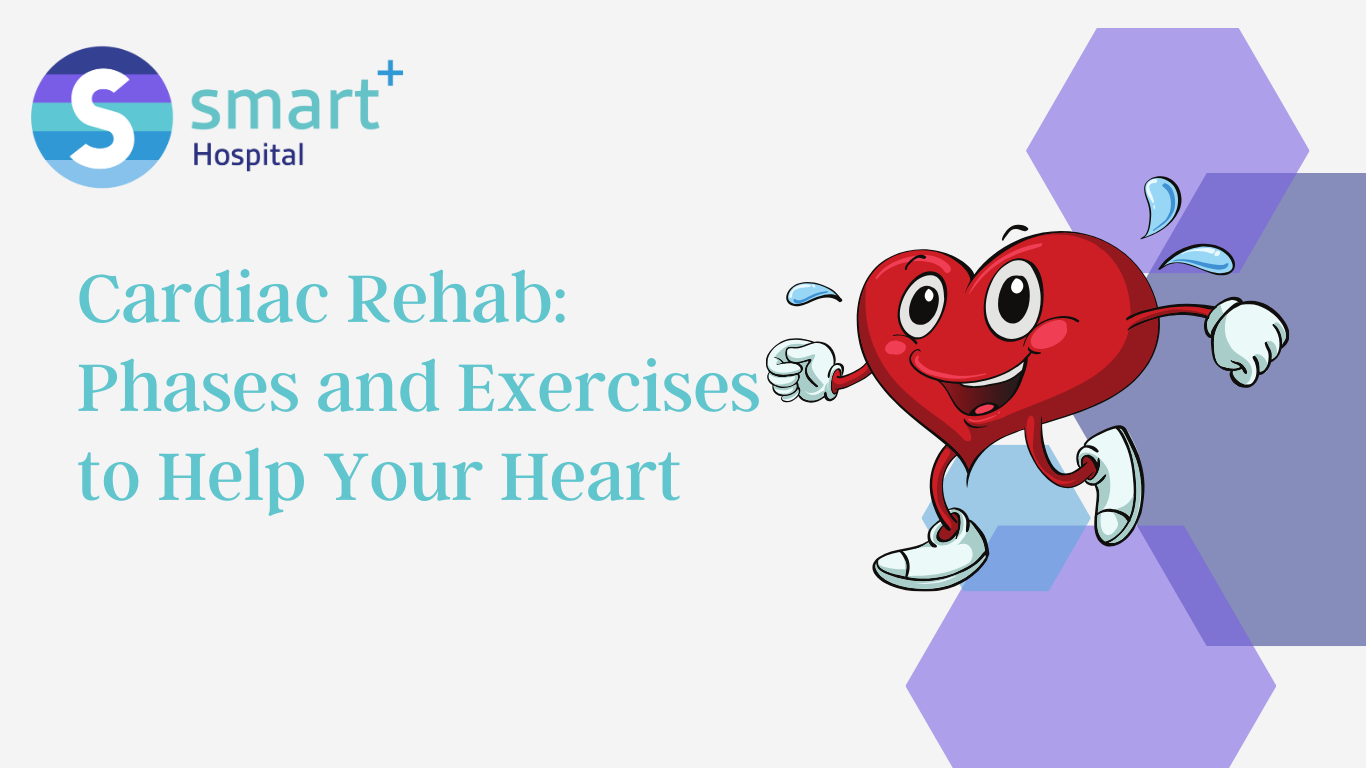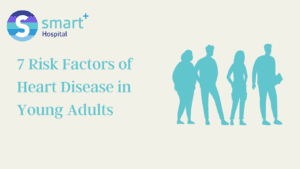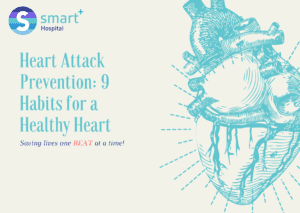Cardiac rehabilitation is a program designed to improve the strength of your heart.
It begins with simple exercises, such as walking in the hospital corridor, and gradually progress to more intense activities such as cycling on a stationary bike several times a week.
Exercise is just one aspect of cardiac rehabilitation. The program also encompasses stress management techniques, nutritional guidance, and assistance in managing chronic conditions.
What is Cardiac Rehabilitation?
Cardiac Rehabilitation is a customised programme for people who have suffered from heart-related issues like heart attacks or heart disease.
It includes exercises, education, and counselling to help patients recover and reduce the risk of future heart problems.
Why Cardiac Rehab is Important for Heart Patients?
Would you drive a car that’s just been in an accident without fixing it? Similarly, post a heart attack or diagnosis of heart disease, your heart needs rehabilitation.
Cardiac rehab plays a crucial role in ensuring a person’s heart regains its strength and function. The purpose of cardiac rehabilitation is to:
- give strength to heart
- reduce the risk of future heart problems
- prevent the heart condition from worsening
- improve the quality of life
What are the five main components of cardiac rehab?
The five primary elements of cardiac rehabilitation are:
- Physical activity guidance.
- Modifications to cardiac risk factors.
- Education on heart wellbeing.
- Advice on diet and nutrition.
- Psychological support.
What are the three phases of cardiac rehab?
Cardiac Rehab isn’t a one-size-fits-all programme. It’s divided into different phases:
Initial Phase: Immediately after a heart event, focusing on stabilising the condition.
Intermediate Phase: Beginning of tailored exercises under supervision.
Advanced Phase: More intensive exercises, aiming for full recovery.
Maintenance Phase: Incorporating exercises into daily life.
Can I do cardiac rehabilitation at home?
The initial phase of your cardiac rehabilitation will take place whilst you’re in the hospital. Typically, your medical professional will advise you to commence cardiac rehabilitation soon after your hospital discharge.
Apart from hospitals, there are other medical establishments that facilitate cardiac rehabilitation programmes.
What conditions are treated/managed with cardiac rehab?
Cardiac rehab is crucial for people who’ve experienced certain heart or vascular problems, including:
- Heart attacks.
- Heart failures.
- Utilisation of a ventricular support device.
- Stable angina.
- Heart or combined heart-lung transplants.
- Heart valve treatments or replacements.
- Coronary artery bypass grafts (CABG).
- Coronary artery angioplasties, with or without stent placement.
- Peripheral vascular disease.
Your medical professional can recommend a suitable cardiac rehabilitation programme.
What Happens During Cardiac Rehab?
The cardiac rehab team will oversee your exercise routine in a group environment. Initially, you’ll begin at a gentle pace, following their guidance.
As you attend more sessions, your confidence and stamina will improve. Over time, you’ll enhance the strength and length of your workouts based on your fitness and medical background.
The cardiac rehab team will consistently monitor your heart rate and blood pressure to ensure your safety during exercise.
What Exercises You Do During Cardiac Rehab?
Cardiac rehabilitation exercises can differ based on one’s initial fitness level and associated risk factors. Such exercises include:
- Aerobic activities include walking, cycling on a static bike, or utilising an elliptical or step machine.
- Strength-building activities using free weights, cable apparatuses, or resistance bands.
Cardiac rehabilitation includes more than just physical activity. It involves assisting heart patients in:
- Adopting heart-healthy dietary habits.
- Acquiring stress management techniques.
- Attaining and maintaining a desirable weight.
- Cessating the consumption of tobacco and/or other substances.
- Administering and supervising medication intake.
- Regulating blood pressure, cholesterol, and blood sugar levels.
What are the Benefits of Cardiac Rehab?
The primary goal of cardiac rehab is to improve the overall cardiovascular health and quality of life for these individuals.
Here are some potential benefits of cardiac rehab:
Improved Physical Fitness: Cardiac rehab involves tailored exercise routines that gradually increase in intensity. Engaging in regular physical activity helps strengthen the heart and improve cardiovascular fitness, leading to better endurance and energy levels.
Reduced Risk Factors: Cardiac rehab programs often include education about risk factors for heart disease, such as smoking, poor diet, high blood pressure, and high cholesterol. By addressing and modifying these risk factors, individuals can reduce their chances of future heart problems.
Enhanced Emotional Well-being: Recovering from a heart-related event can be emotionally challenging. Cardiac rehab provides psychological support and counseling to help individuals cope with stress, anxiety, and depression related to their condition.
Medication Management: Medical professionals in cardiac rehab programs help patients understand and manage their medications effectively. This ensures that individuals are taking the right medications at the right doses, helping control heart-related conditions.
Lifestyle Changes: Cardiac rehab educates individuals about adopting a heart-healthy lifestyle. This includes guidance on maintaining a balanced diet, quitting smoking, managing stress, and achieving a healthy weight.
Social Support: Participating in cardiac rehab allows individuals to connect with others who are going through similar experiences. This sense of community and mutual support can have positive effects on emotional well-being.
Increased Confidence: As individuals progress through the program and experience improvements in their physical fitness and overall health, their self-confidence often increases.
Prevention of Future Heart Attacks: By addressing risk factors, improving fitness, and making lifestyle changes, cardiac rehab can help in heart attack prevention and complications in the future.
FAQs
1. Can anyone participate in cardiac rehabilitation?
Yes, individuals who have experienced heart-related issues can benefit from cardiac rehab under medical guidance.
2. Is cardiac rehabilitation covered by insurance?
It depends on where you are currently living. Many insurance plans cover cardiac rehabilitation as part of post-heart event recovery.
3. How long does each phase of cardiac rehabilitation typically last?
The duration varies, but generally, phase 1 lasts during hospitalisation, and subsequent phases can span a few months.
4. Are there age restrictions for cardiac rehabilitation?
Cardiac rehab can benefit individuals of various ages, from young adults to seniors.
5. Can I continue the exercises from the program after completing cardiac rehab?
Absolutely, continuing the exercises and adopting a heart-healthy lifestyle is encouraged for long-term well-being.




